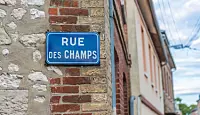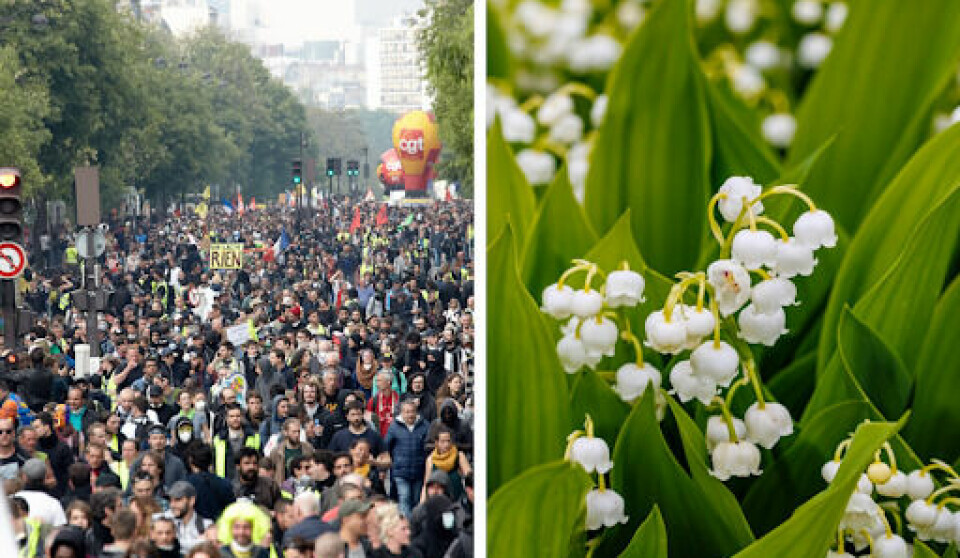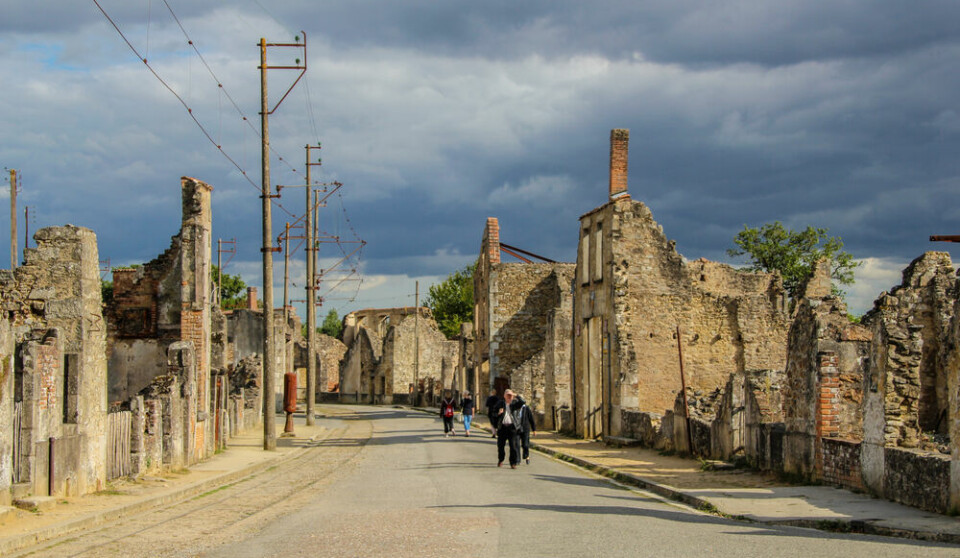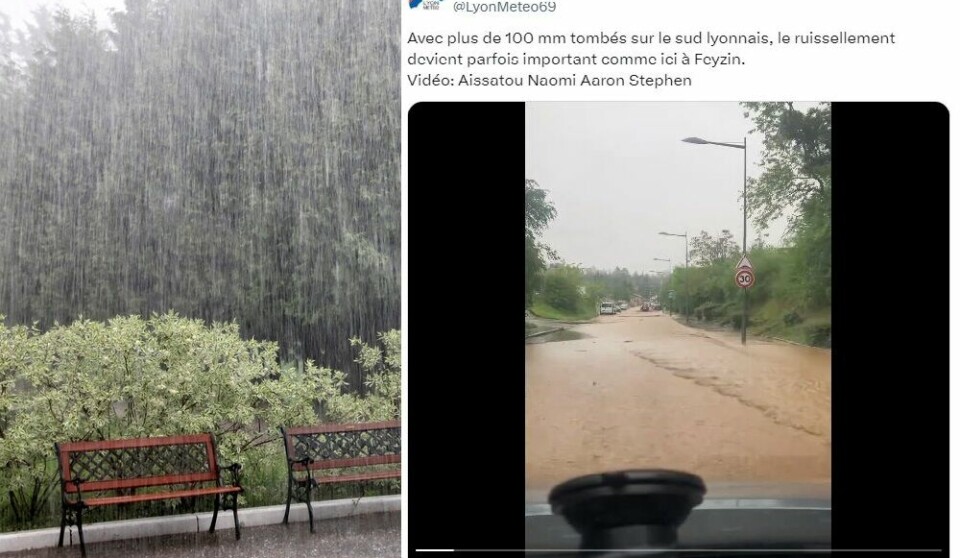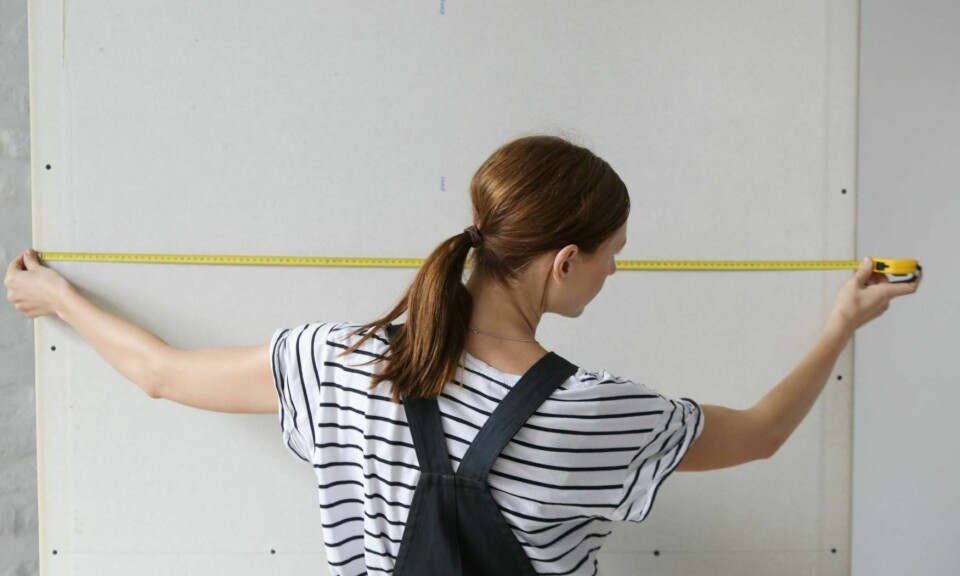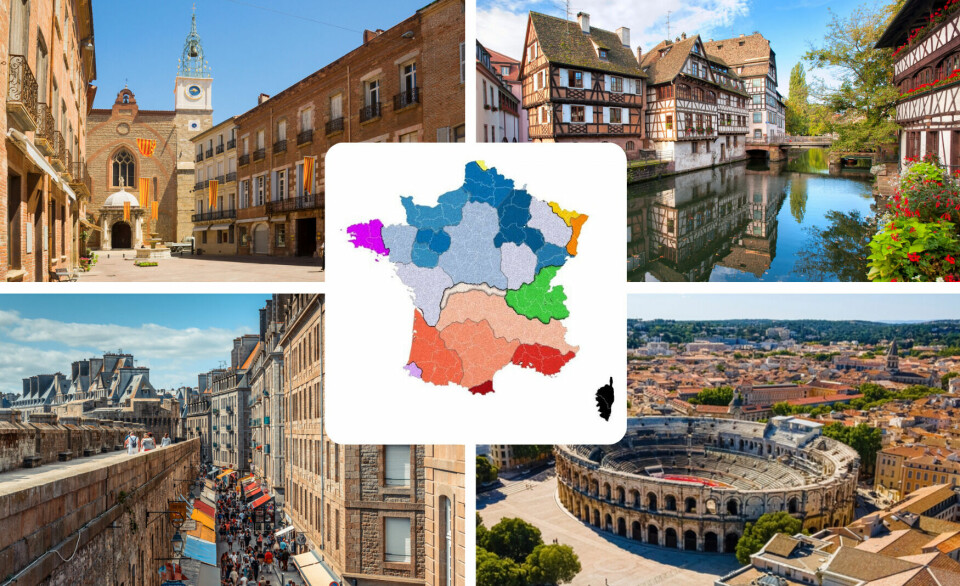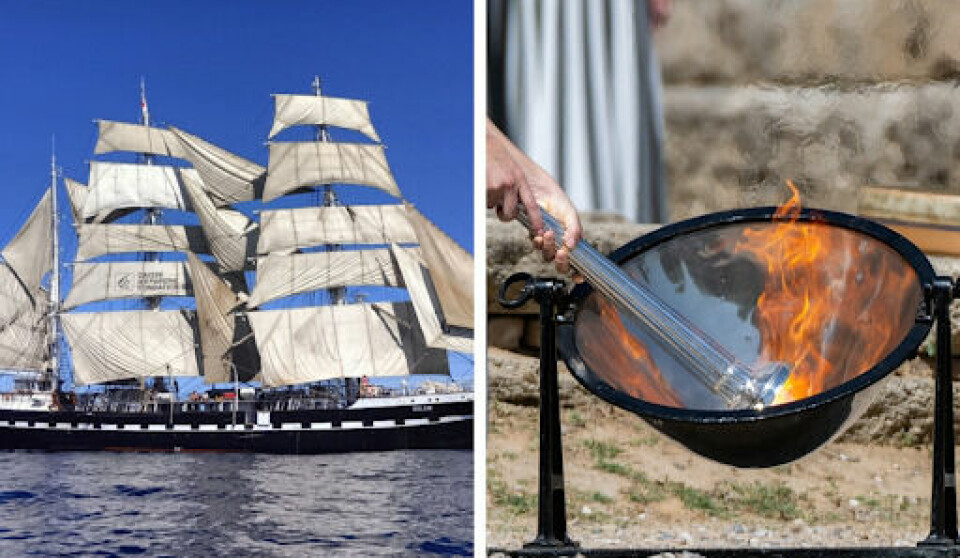-
Planning to replace your boiler at home in France? Now is a good time
Eco-friendly alternatives will be easier – and cheaper – to install from mid-May
-
Address change deadline looms for one million French homes
Mairies of small communes must update a government website with all the new street names and house numbers
-
Medical fees, eco-grants, gas prices: 5 changes this May in France
We also include the French income tax declaration deadlines for residents and second-home owners and other dates coming up
How do I release equity from my French property?
There are various loans available in France which look partially to the value of a property as security

Reader question: We have been looking into buying properties in France. Are there any equity release schemes here?
An equity release scheme that closely resembles that available in the UK does exist in France. It is called a prêt viager hypothécaire but it is not widely available.
The loan allows those aged 60 or over to release equity from their home while continuing to live in it, with any repayments only due from their estate after they die.
Banque Populaire and Caisse d’Epargne, both owned by the same banking group, are currently the only banks to offer this loan, and only in specific locations.
There are other means of releasing equity from properties, namely the vente en viager (for lifetime sale) and crédit hypothécaire.
Prêt viager hypothécaire
This type of loan involves the borrower (the homeowner) receiving a lump sum of money from the lender (a bank or credit institution). The house acts as security for the loan.
The main advantage of this loan is that borrowers can continue to live in their home and do not need to repay the loan while they are alive.
Repayments are made from the borrower’s estate on their death.
The loan amount is generally for between 15 and 75% of the property’s value. It attracts Interest at the rate set by the lender.
To qualify for this type of loan, the borrower must be at least 60 years old and own their property.
Borrowers can use the loan for any purpose other than starting a business or another professional activity.
The first such loan was offered in 2006 by Crédit Foncier prior to its acquisition by BPCE, a large banking group that owns Banque Populaire (BP) and Caisse d’Epargne (CE), which is now the only banking group that offers this type of loan.
Vente en viager
En viager (for the lifetime) sales allow the seller to release some equity from their home while still living in it.
It has a slightly morbid reputation in France because the value of the deal is directly linked to how long the seller lives.
Buyers are typically either people looking to prepare for their retirement, or institutional investors.
The most common format for this type of sale is viager occupé (occupied).
It involves the buyer paying a percentage of the value of the house as an upfront sum, usually around 30%. The seller can continue to live in the house and the buyer pays a monthly or three-monthly rent to the seller until the seller dies.
To find out more about the vente en viager, see our previous article below.
Read more: Buying and selling a home in France: What is the viager system?
Crédit/prêt hypothécaire
Another way to release equity from your house is via a crédit (or ‘prêt) hypothécaire.
This is for property owners in France who want to take out a loan using their home as security.
The maximum loan amount is 70% of the value of the house but the amount will also depend on how much the borrower can repay.
Borrowers cannot incur a debt which involves repayments if these equate to more than 33% of their income.
The loan can be repaid over 25 years and can be used for any purpose. If the loan is not repaid the borrower is likely to lose their house.
Note that crédit hypothécaire can sometimes also refer to a mortgage when purchasing a house.
You may also come across a version of this loan called prêt in fine, which involves monthly repayments of the interest and a lump sum repayment of the loan principal at the end of the loan period.
Related articles
France eases mortgage rules to allow more loans of 27 years
Why are rural French houses so cheap?

